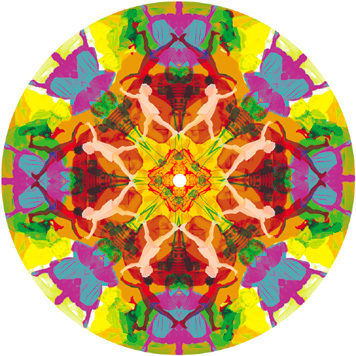CC Mixter would be a great place for people to put out requests for collaborations. This goes beyond the idea of a mashup…and starts entering the way that commercial media is created. People with different talents work together to create something none of them could do alone.
Now enough time has gone by for comments to accumulate there. One thread is about resistance to cultural oppression:
I think the boundaries of Fair Use need to be pushed. […] Bring on the stupid copyright battles!
GirlTalk (http://tinyurl.com/p8t9v) is a good example of how someone pushes Fair Use in a smart way.
I appreciate the point that the best solution to copyright extremism can’t just be to withdraw from the world into a perfect ivory tower of all-Creative Commons all the time. Still, we’re hardly at that point. The vast majority of what’s happening in the real world is childish regression — “I’ll do it until I get caught” and then “Fuck you for catching me!” To my mind it’s idiotic to keep doing that, over and over again, year in and year out. Hello, Lab Rat? Quit pushing the button that gives you the electrical shock. Try this button over here, the one that requires you to be an adult but that also accomplishes something. Isn’t it kind of nice to be able to demand respect?
Another thread — more interesting if less volatile — is about the conversational interaction between music and video in a soundtrack:
new track – completely different feel.It’s funny because I was playing around with this video last week. …
I’ve been thinking about videos for my wife Kate’s new album …
So just as a little experiment for myself, i ran about five of her tracks with it. Amazingly different experiences, even though the tracks themselves are not *wildly* different. There was one that really worked (although it was 30 seconds too long).
And that’s exactly the point of the exercise. This whole situation started when Jay released the same videoblog with different music, music that he didn’t have the rights to use. There was a flood of comments on the copyright situation, then this third party tried out five different alternate pieces of music, then Jay himself changed the music over. And each one of these steps was about conversational interactions.
When we were creating CC Mixter, the idea was to unleash an art form that needed permissive licensing to survive. The original interaction design was in the form of threaded comments — Bob’s mix responding to Ellen’s Mix of Sally’s original. Similarly, my music was a response to Jay’s video, and if somebody remixed my audio the thread would be one deeper.
This whole vlog+blog-musician business is no different. It’s culture happening in real time. The video and the music are part of a back and forth flow of works, and the flow is a primary component of the art.

